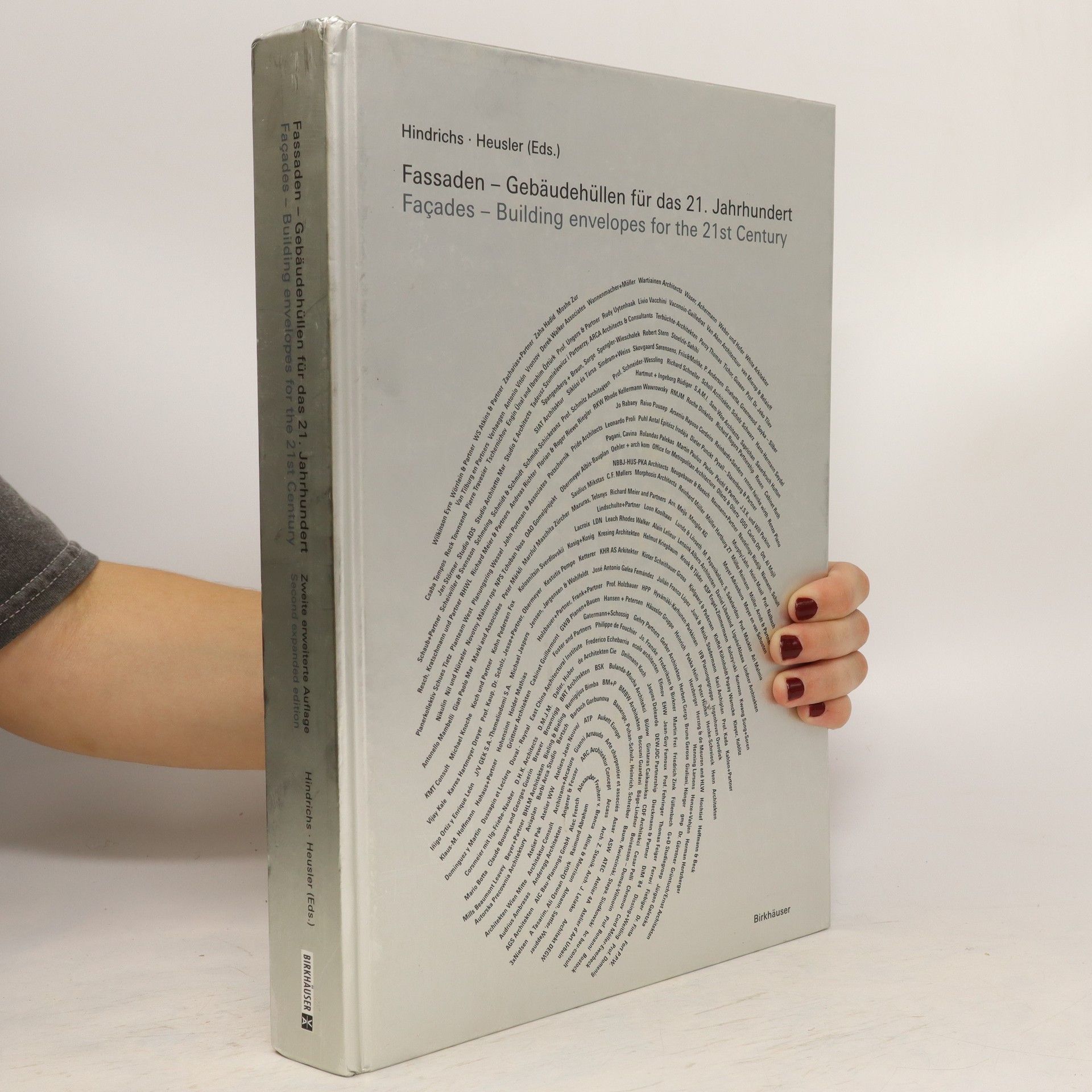Die zweite Auflage dieses erfolgreichen Buches wurde um 70 neue Beiträge erweitert und vereint Ideen und Lösungen von Fassadenkonzepten, die städtebaulich, architektonisch, technisch und funktional außergewöhnlich sind. Dafür stehen rund 250 internationale Architekturbeispiele und innovative Planungen renommierter Architekten, die gebäudetypologisch geordnet einen Überblick über die technischen Möglichkeiten moderner Gebäudehüllen aufzeigen – ausgewählte Objekte u.a. von WS Atkins & Partners, Murphy/Jahn, Richard Meier & Partners, Daniel Libeskind, Ingenhoven Overdiek, Gehry Partners, BRT Architekten, Foster and Partners. Following the highly successful first edition, this second edition has been expanded to incorporate some 70 new contributions. Innovative ideas, concepts and solutions for facade design, all exceptional in terms of urban development, architecture, technology and function, are presented using around 250 international buildings and projects from well-known architects. These examples are arranged according to building types and provide an instant overview of the technical possibilities of modern building envelopes. Amongst the architects included are WS Atkins & Partners, Murphy/Jahn, Richard Meier & Partners, Daniel Libeskind, Ingenhoven Overdiek, Gehry Partners, BRT Architekten, Foster and Partners.
Dirk U. Hindrichs Livres


Fassaden - Gebäudehüllen für das 21. Jahrhundert. Façades - Building Envelopes for the 21st Century
- 384pages
- 14 heures de lecture
«Fassaden» vereint Ideen und Lösungen von außergewöhnlichen Fassadenkonzepten. Dafür stehen rund 250 internationale Architekturbeispiele und innovative Planungen renommierter Architek, die einen Überblick über die technischen Möglichkeiten moderner Gebäudehüllen aufzeigen.